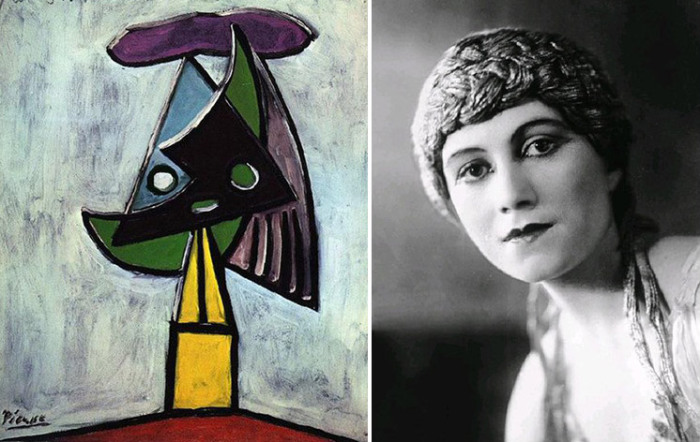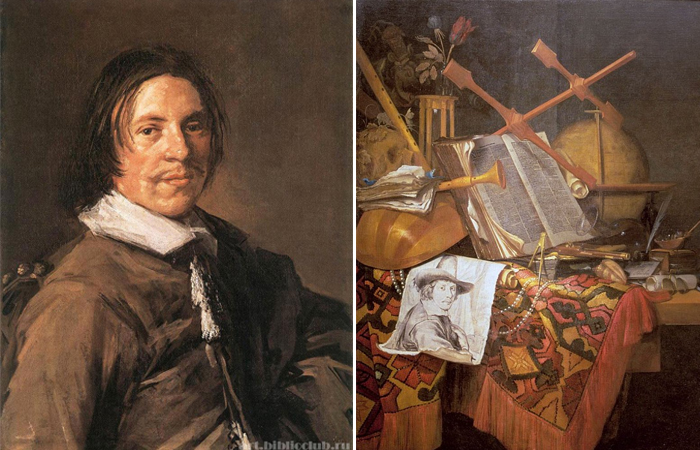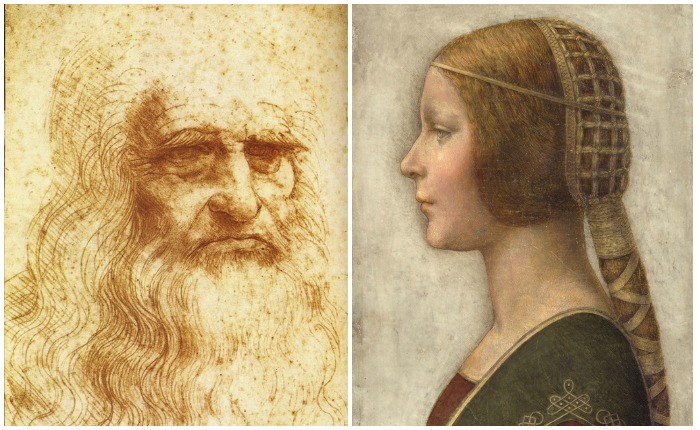wastefulness
Secrets of the painting “A Lady with a Parrot by the Window”: How the Smile of a Heroine and a Bird are Connected
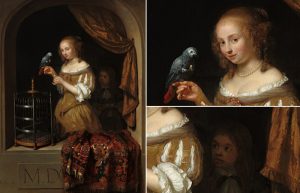 Caspar Netscher is a Dutch artist of German descent, an outstanding portrait painter, and also a master of depicting everyday scenes of the Dutch elite. He also developed a technique that allowed him to imitate a wide range of textures: be it linen, satin or coarse fibers of an oriental carpet. Caspar Netscher is part of a triad of prominent Dutch Golden Age masters along with Rembrandt and Vermeer.
Caspar Netscher is a Dutch artist of German descent, an outstanding portrait painter, and also a master of depicting everyday scenes of the Dutch elite. He also developed a technique that allowed him to imitate a wide range of textures: be it linen, satin or coarse fibers of an oriental carpet. Caspar Netscher is part of a triad of prominent Dutch Golden Age masters along with Rembrandt and Vermeer.
From the life of an artist
Netsher was the son of sculptor Johann Netscher. As a child, he was sent to Amsterdam to study with Hendrick Coster, a little-known artist of still lifes and portraits. In 1664, Netscher moved to Deventer to complete his studies in the workshop of Gerard Terborch. Having done this, he went to Italy in 1658, then to Bordeaux, where Netscher married Margaret Godin and lived there for several years. In 1662, in The Hague, Netscher became a member of the Society of Artists. At this early stage, he wrote small genre compositions, preferring the dark colors and themes of everyday life, which Terborch clearly influenced. Continue reading
High Renaissance Titans: Who They Are and What Their Contribution to Art History
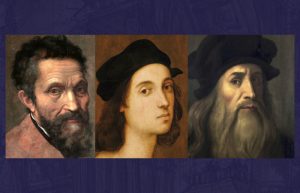 The Renaissance refers to the rediscovery of ideals from classical antiquity. Artists no longer thought about the art of antiquity. Now they had the tools, technology, knowledge and confidence to create in their own direction. In general, the Renaissance was a revolution in realism, when artists and sculptors developed new methods to make their work more realistic.
The Renaissance refers to the rediscovery of ideals from classical antiquity. Artists no longer thought about the art of antiquity. Now they had the tools, technology, knowledge and confidence to create in their own direction. In general, the Renaissance was a revolution in realism, when artists and sculptors developed new methods to make their work more realistic.
The High Renaissance also represented a rapprochement of geniuses – an unthinkable wealth of talents concentrated in the same field in the same time interval. While this revival took place in many creative fields – the poetry of Dante Alighieri, the architecture of Filippo Brunelleschi, the scientific experiments of Galileo, works of visual art act as the most iconic representations of the Renaissance. Continue reading
How Pavel Tretyakov competed with the emperor to create the most famous art gallery in Moscow
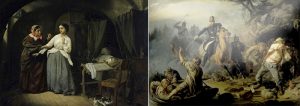 Before the revolution, patronage of the arts was considered not only charitable, but also beneficial for the donor himself, and the point here was not taxes at all. According to the ideas of merchants in the old days, this activity avoided the terrible temptation – the power of money. Most often, wealthy industrialists became patrons of shelters, hospitals, and educational institutions. At first, the partners and competitors laughed at the Tretyakov brothers’ passion for painting, but time, of course, put everything in its place.
Before the revolution, patronage of the arts was considered not only charitable, but also beneficial for the donor himself, and the point here was not taxes at all. According to the ideas of merchants in the old days, this activity avoided the terrible temptation – the power of money. Most often, wealthy industrialists became patrons of shelters, hospitals, and educational institutions. At first, the partners and competitors laughed at the Tretyakov brothers’ passion for painting, but time, of course, put everything in its place.
Pavel and Sergey Tretyakov were the eldest children in a well-known merchant family. This dynasty of industrialists has flourished since the 18th century, and for several generations from the retail of buttons, it has been able to grow to manufacturers – the family owned paper dyeing and finishing industries. I must say that, despite the huge investment in art, by the time of his death, the state of Pavel Tretyakov was estimated at 3.8 million rubles. Continue reading


